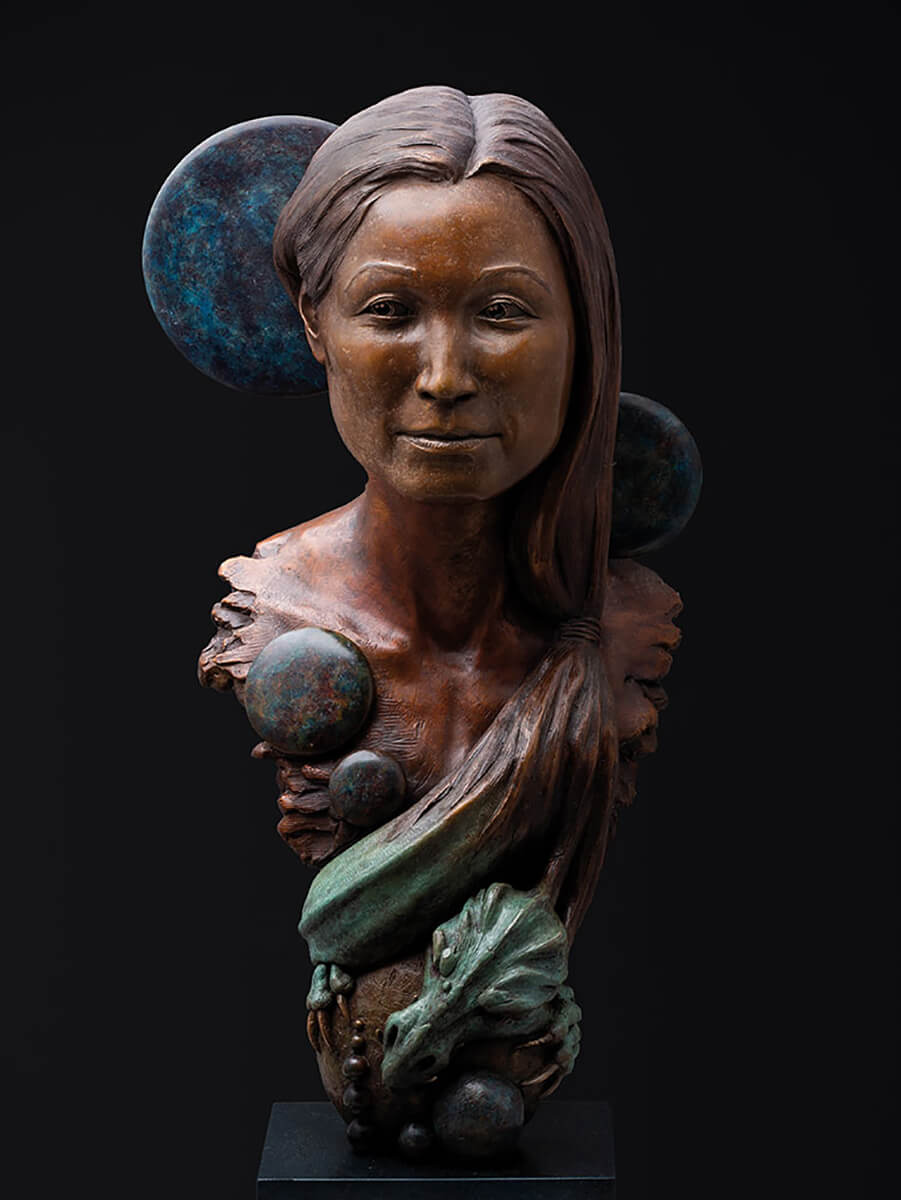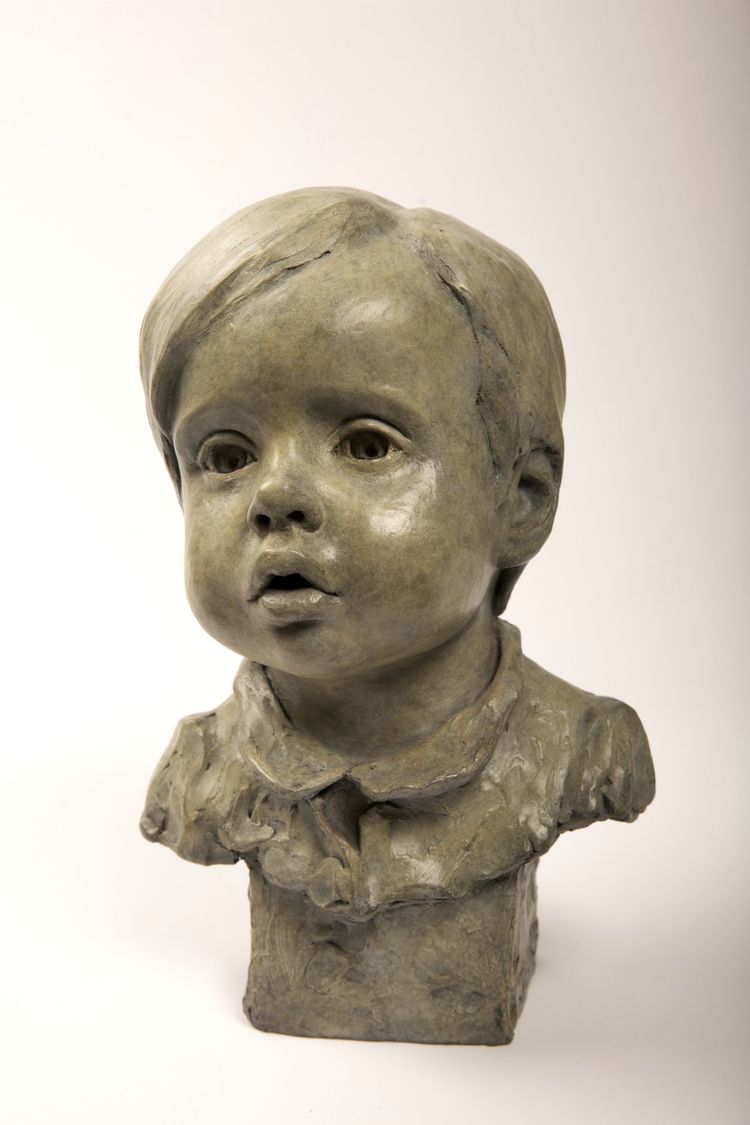In the Spirit of the Horse: Admire the Beauty of Equine Sculptures
Wiki Article
The Development of Sculptures: From Ancient to Modern
The Development of Sculptures: From Old to Modern. Portrait Sculptor.Sculpture, one of the oldest forms of art, has been an indispensable part of human world for centuries. From the ancient human beings of Egypt and Greece to the modern-day era, sculptures have actually progressed, showing changes in imaginative techniques, products, and social influences. This trip via time traces the development of sculptures, checking out the changes stylishly, topic, and creative expression.
Starting with the ancient globe, sculptures crafted from rock and later bronze recorded the essence of deities, rulers, and everyday life. The Renaissance duration witnessed a revival of classic sculpting strategies, as musicians sought to emulate the stylish forms of ancient Greek and Roman sculptures (Bronze Sculptures). In the modern-day period, musicians tested traditional boundaries, accepting abstraction and experimentation with new materials
This exploration will dig into the diverse evolution of sculptures, disclosing the rich tapestry of imaginative expression across various periods and cultures.

Old Sculptures: From Stone to Bronze
Old sculptures transitioned from being sculpted out of rock to being cast in bronze. This shift noted a considerable development in the art of sculpture, permitting better improvement and detail in the ended up jobs. Rock sculptures, while remarkable in their own right, were limited by the nature of the product. Stone needed comprehensive carving and shaping, frequently causing an extra simplified representation of the topic.The introduction of bronze as a tool for sculptures brought around a transformation in creative expression. Bronze offered carvers the possibility to develop realistic and elaborate forms that were not feasible with stone. The process of casting bronze enabled the creation of multiple duplicates of a sculpture, making it possible for larger distribution and conservation of these creative work of arts.
The transition from stone to bronze additionally saw a change in the subject of sculptures. While stone sculptures mainly depicted gods, goddesses, and mythological figures, bronze sculptures started to show a more comprehensive variety of topics, including day-to-day people and animals. This expansion of topic showcased the versatility and adaptability of the bronze tool.
Renaissance Revival: Forming in the Classic Style
The Renaissance rebirth of sculpture witnessed a revival in the classic design, structure upon the improvements made throughout the transition from stone to bronze in old sculptures. Throughout this duration, artists looked for to recreate the timeless aesthetic and perfects of charm that were common in old Greek and Roman sculptures.One of the essential features of the Renaissance resurgence was the focus on naturalism and the human form. Carvers like Donatello and Michelangelo strove to catch the physiological details and expressions of their topics with unprecedented accuracy. They researched the body and incorporated their monitorings into their sculptures, causing realistic and lifelike depictions.
Another essential facet of the Renaissance rebirth was the exploration of viewpoint and deepness. Musicians utilized techniques such as contrapposto, where the weight of the body is moved to one side, developing a feeling of motion and dynamism. They likewise try out various materials, including marble and bronze, to accomplish a degree of elegance and details in their sculptures.

Modernism and the Avant-Garde: Breaking Conventional Boundaries
During the Modernism and Avant-Garde movements, sculptors pressed the limits of conventional artistic conventions. This duration, which arised in the late 19th and early 20th centuries, saw a significant shift in the means artists approached sculpture. Declining the concept of art as simple imitation, modernist artists looked for to discover new forms, products, and concepts.
One of the crucial features of modernist sculpture was the emphasis on abstraction. Carvers relocated far from sensible depictions and rather concentrated on catching the essence of the subject with streamlined forms and geometric shapes. This separation from standard representation allowed artists to reveal their emotions and concepts in a more individual and subjective way.

Contemporary Sculptures: Discovering New Materials and Concepts
With a focus on discovering brand-new products and principles, modern sculptures have revolutionized the area of art. Artists today are pressing the borders of typical sculpture by trying out and using innovative materials with abstract concepts. These sculptures challenge traditional ideas of materiality, kind, and meaning, welcoming customers to participate in a thought-provoking and Continued new artistic experience.Contemporary carvers are embracing a broad array of materials, including plastic, glass, steel, and also organic issue. They are not restricted to the typical medium of stone or clay, enabling higher civil liberty and trial and error. This change in the direction of unique products has opened up brand-new opportunities for musicians to develop sculptures that are vibrant, interactive, and aesthetically striking.
Along with checking out brand-new products, modern sculptures additionally delve right into complicated and abstract principles. Musicians are currently discovering themes such as identification, social concerns, and the environment, utilizing sculpture as an effective tool for social commentary and self-contemplation. These sculptures challenge viewers to think seriously and involve with art on a much deeper level, stimulating discussions and prompting emotional responses.
International Impacts: Sculptural Traditions From Around the Globe
Sculptural practices from numerous areas of the world have actually considerably shaped the evolution of sculptures throughout background. The global impacts on sculpture have actually varied and have added to the splendor and selection of creative expressions. From the old worlds of Egypt, Greece, and Rome to the detailed makings of Eastern cultures, each area has actually developed its one-of-a-kind sculptural customs that have affected musicians across time.In ancient Egypt, sculptures were created mostly for religious and funerary functions. The iconic sculptures of pharaohs and gods, such as the Great Sphinx and the breast of Queen Nefertiti, display the Egyptians' proficiency of rock carving and their belief in the immortality.

In ancient Rome, sculpture offered both imaginative and political purposes. Roman sculptures commonly illustrated emperors, generals, and mythological numbers, showing the power and majesty of the realm. The marble statuary of Augustus of Prima Porta and the huge Arch of Constantine are notable examples of Roman sculptural achievements.
Asian sculptural practices, specifically in India, China, and Japan, have additionally had an extensive effect on the evolution of sculptures. Indian sculptures, such as the elaborately carved temples of Khajuraho and the enormous statuaries of Buddha, show an abundant blend of religious, mythical, and architectural aspects. Chinese sculptures, defined by their great craftsmanship and interest to information, often portray divine beings, pets, and legendary numbers. Japanese sculptures, affected by Buddhism, emphasize simplicity and serenity, seen in the serene statues of Buddha and the stylish art of bonsai.
The worldwide impacts on sculpture proceed to progress in the modern era. Musicians today draw ideas from various sculptural customs, incorporating brand-new materials, strategies, and ideas to create provocative and innovative art work. The fusion of various social influences has actually triggered a varied and dynamic sculptural landscape, showing the interconnectedness of our international culture. As we aim to the future, it is particular that the international influences on sculpture will certainly remain to shape and redefine this old art type.
Final Thought
In verdict, the evolution of sculptures has actually seen a change from old stone and bronze functions to the timeless revival throughout the Renaissance. Today, modern sculptures explore brand-new products and ideas, while additionally attracting inspiration from worldwide sculptural practices.From the old people of Egypt and Greece to the modern-day era, sculptures have advanced, reflecting changes in imaginative techniques, materials, and social impacts.Starting with the ancient world, sculptures crafted from stone and later on bronze recorded the significance of deities, rulers, and daily life.Ancient sculptures transitioned from being sculpted out of rock to being cast in bronze. While rock sculptures primarily illustrated gods, sirens, and mythical numbers, bronze sculptures began to mirror a broader range of subjects, including daily people and pets.In verdict, the advancement of sculptures has actually seen a change from old rock and bronze works to the timeless resurgence throughout the Renaissance.
Report this wiki page